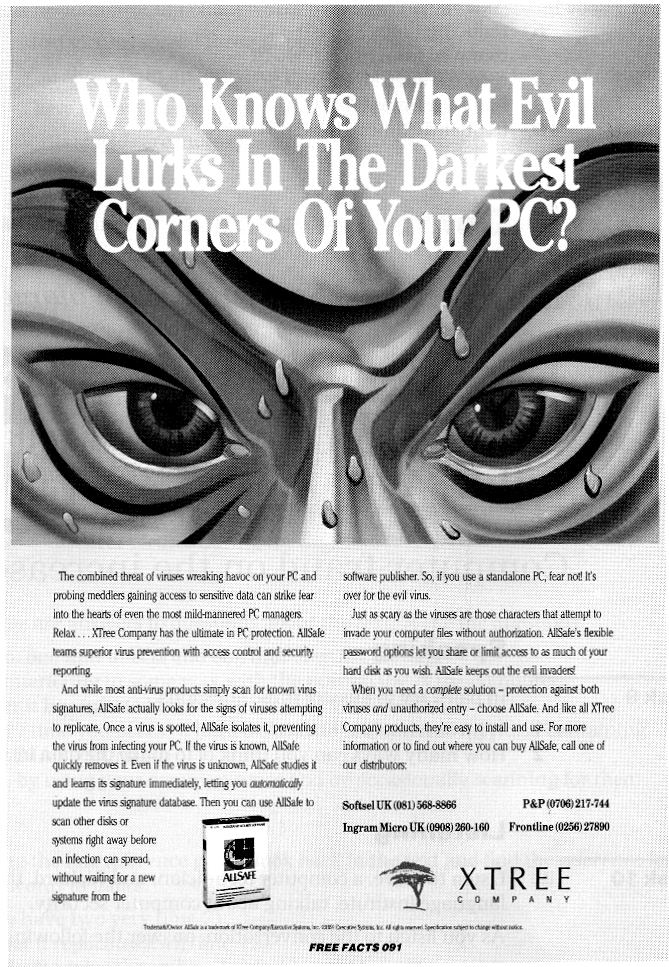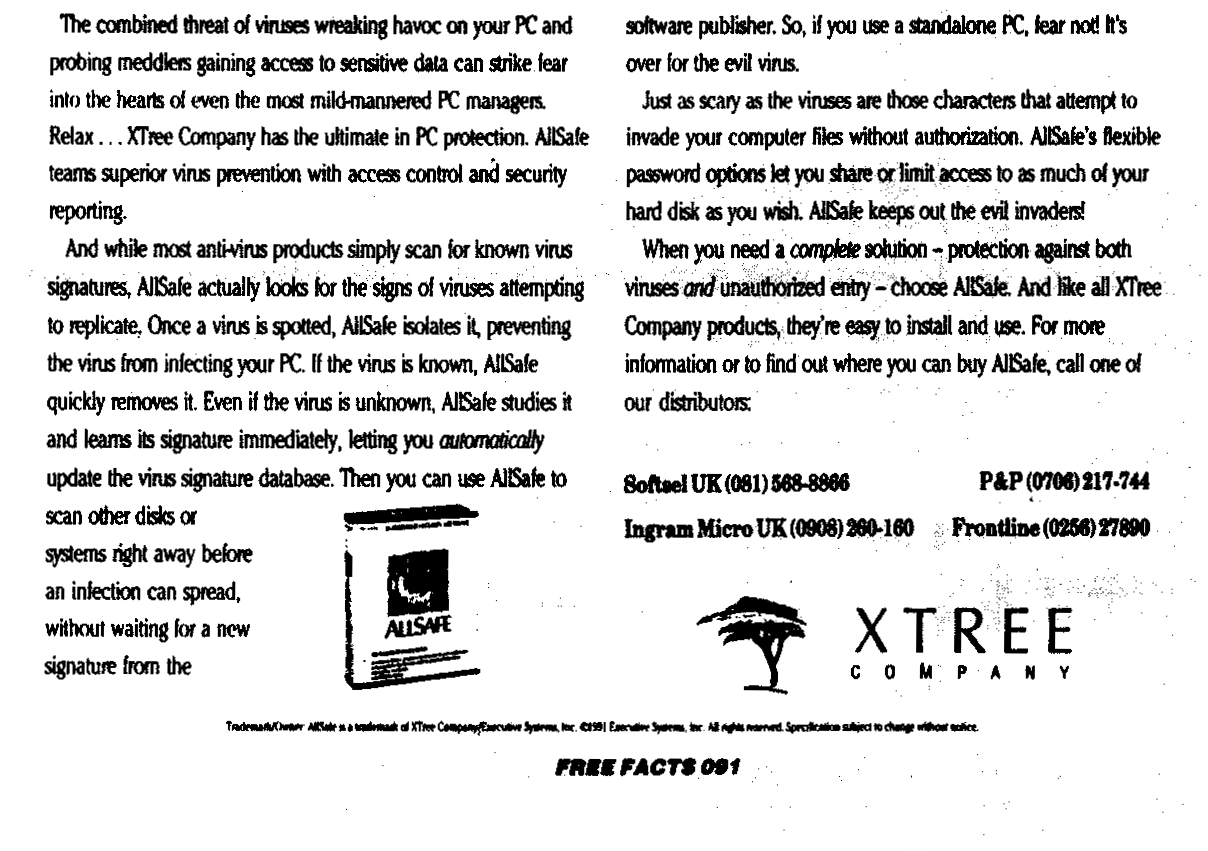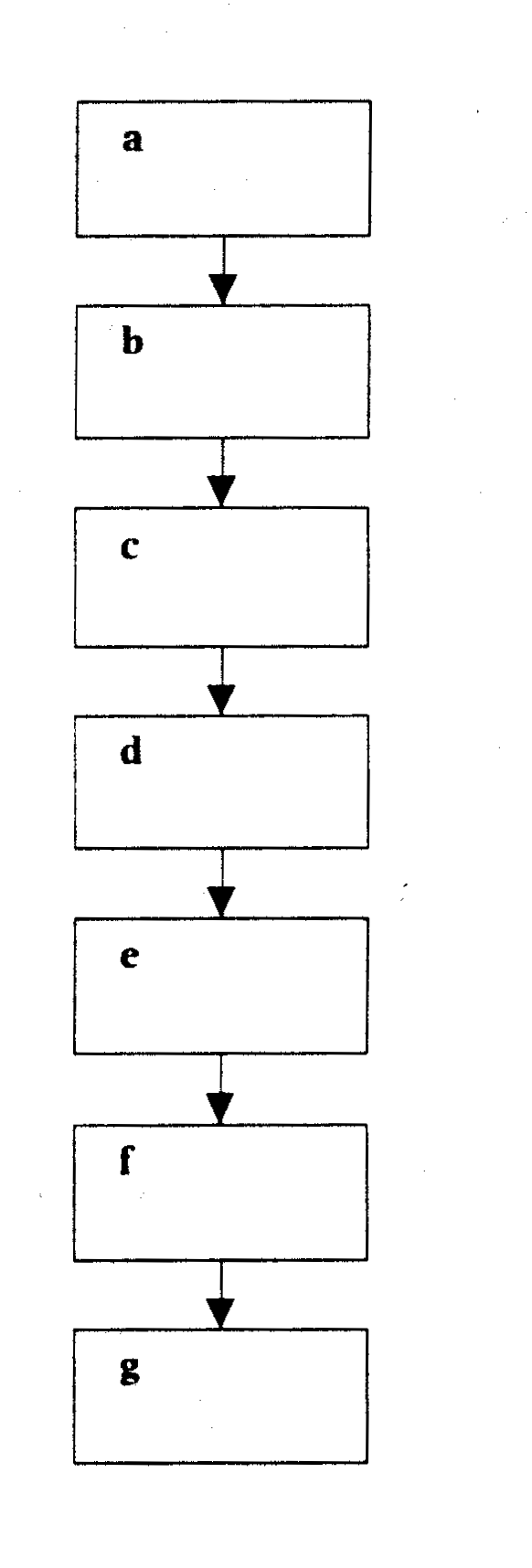
- •Unit 1 computer applications
- •Computers
- •What can computers do?
- •Unit 2 computer essentials
- •What is a computer?
- •Unit 3 inside the system
- •What’s inside a pc system?
- •Structure of the processor
- •Unit 4 bits and bites
- •Units of memory
- •Unit 5 magnetic drives
- •Technical details
- •Unit 6 optical breakthrough
- •Optical disks and drives
- •Iomega's removable drives
- •Unit 7 input / output devices
- •Voice recording device h. Keyboard
- •Unit 8 capture your favourite image
- •Vivid easy-to-use faster fashionable wide shots
- •Unit 9 viewing the output
- •The monitor
- •Unit 10 choosing a printer
- •Types of printers
- •Unit 11 operating systems Exercise 1.Look at the diagram below. What is the function of the operating system?
- •Exercise 4. Language work
- •Unit 12 the graphical user interface
- •Unit 13 a walk through word processing
- •Word-processing facilities
- •Unit 14 spreadsheets
- •Unit 15 databases
- •Basic features of database programs
- •Exercise 6. Writing
- •Unit 16 faces of the internet
- •Exercise 2. Maybe we can find it on the Internet.
- •Exercise 3. Reading.
- •Internet software
- •Irc, audio and video chatting
- •MIrc for Windows is a typical Internet relay chat program. You can get it at http://www.Mirc.Co.Uk/
- •Unit 17 programming and languages
- •Programs and programming languages
- •Exercise 3. These are answers to questions about the text. Write the questions.
- •Variables and the Declaration Statement
- •Unit 18 computer networks
- •Computer networks
- •Network configurations
- •4 Bus/Ethernet
- •Unit 19 computer viruses
- •How computer viruses work
- •Unit 20 computers in the office
- •Information systems
- •Using Computers
- •Information Technology (it)
- •Exercise 5. Link each statement (1-) with a purpose (a-j).
- •Exercise 6. Match the words from the box with their definitions.
- •The future? We’re virtually there!
Unit 19 computer viruses
Exercise 1. Try to answer these questions.
What is а computer virus?
How does а virus work?
Exercise 2. Reading
A Before reading the text, match the words and definitions listed below.
а detonator а. а protective device
an infector b. to remove all traces of something
to boot c. а device used to set off an explosion or other destructive process
to trigger d. to discover or recognize that something is present
to erase е. to set а process in motion
pirated f. something which transmits а disease or virus
а shield g. stolen, obtained without the owner's consent
to detect h. to load the operating system into memory
B Now read the text to check your answers to task A.
How computer viruses work
А computer virus — an unwanted program that has entered your system without you knowing about it — has two parts, which I’ll саll the infector and the detonator. They have two very different jobs. One of the features of а computer virus that separates it from other kinds of computer program is that it replicates itself, so that it can spread (via floppies transported from computer to computer, or networks) to other computers.
After the infector has copied the virus elsewhere, the detonator performs the virus's main work. Generally, that work is either damaging data on your disks, altering what you see on your computer display, or doing something else that interferes with the normal use of your computer.
Here is an example of а simple virus, the Lehigh virus. The infector portion of Lehigh replicates by attaching а copy of itself to COMMAND.СОМ (an important part of DOS), enlarging it by about 1000 bytes.
So let's say you put а floppy containing COMMAND.COM into an infected PC at your office— that is, а PC that is running the Lehigh program. The infector portion of Lehigh looks over DOS's shoulder, monitoring all floppy accesses. The first time you tell the infected PC to access your floppy drive, the Lehigh infector notices the copy of COMMAND.СОМ on the floppy and adds а copy of itself to that file.
Then you take the floppy home to your PC and boot from the floppy. (In this case, you've got to boot from the floppy in order for the virus to take effect, since you may have many copies of COMMAND.COM on your hard and floppy disks, but DOS only uses the COMMAND.COM on the boot drive.)
Now the virus has silently and instantly been installed in your PC's memory. Every time you access а hard disk subdirectory or а floppy disk containing COMMAND.COM, the virus sees that file and infects it, in the hope that this particular COMMAND.COM will be used on а boot disk on some computer someday.
Meanwhile, Lehigh keeps а count of infections. Once it has infected four copies of COMMAND.СОМ, the detonator is triggered. The detonator in Lehigh is а simple one. It erases а vital part of your hard disk, making the files on that part of the disk no longer accessible. You grumble and set about rebuilding your work, unaware that Lehigh is waiting to infect other unsuspecting computers if you boot from one of those four infected floppies.
Don’t worry too much about viruses. You may never see one. There are just а few ways to become infected that you should be aware of. The sources seem is to be service people, pirated games, putting floppies in publicly available PCs without write-protect tabs, commercial software (rarely), and software distributed over computer bulletin board systems (also quite rarely, despite media misinformation).
Many viruses have spread through pirated — illegally copied or broken — games. This is easy to avoid. Pay for your games, fair and square [honestly].
If you use а shared PC or а PC that has public access, such as one in а college PC lab or a library, be very careful about putting floppies into that РС's drives without а write-protect tab. Carry а virus-checking program and scan the PC before letting it write data onto floppies.
Despite the low incidence of actual viruses, it can't hurt [it’s probably a good idea] to run а virus checking program now and then. There are actually two kinds of antivirus programs: virus shields, which detect viruses as they are infecting your PC, and virus scanners, which detect viruses once they've infected you.
Viruses are something to worry about, but not а lot. А little common sense and the occasional virus scan will keep you virus-free.
Remember these four points:
Viruses can't infect а data or text file.
Before running an antivirus program, be sure to cold-boot from а write-protected floppy.
Don't boot from floppies except reliable DOS disks or your original production disks.
Stay away from pirated software.
C Decide whether the following statements are true (Т) or false (F) in relation to the information in the text. If you feel а statement is false, change it to make if true.
Viruses cannot be spread through а computer network, only via floppies, transported from computer to computer.
The virus will spread as soon as you put the infected floppy in your PC.
The infector works by interfering in some way with the normal use of your computer.
The detonator in Lehigh works by altering what you see on your screen.
Most viruses spread through pirated games.
You should run an antivirus program every time you use your computer.
There are not very many viruses in circulation.
Virus shields are more effective than virus scanners.
D These are answers to questions about the text. Write the questions.
Two, one that infects and one that does the damage.
By interfering in some way with the normal use of the computer.
After it has infected four copies of COMMAND.COM.
Every time you access а hard disk subdirectory or а floppy disk containing COMMAND. COM.
Yes, by using your common sense and by occasionally scanning for them.
Exercise 3. Look back in the text and find words or phrases with a similar meaning to:
reproduces 4. immediately
infect 5. complain
changing
Now find words or phrases with an opposite meaning to:
reducing 4. ignorant
removed 5. frequently
records
Exercise 4. Read the advertisement.
A Below the advertisement there is the flowchart which represents the steps in the process by which AllSafe removes viruses from PCs. Using the information in the advertisement, match each step with the corresponding letter in the flowchart.



Virus signature database is updated.
Is virus known?
AllSafe scans other disks or systems in order to prevent further infection immediately.
AllSafe searches for indications that viruses are attempting to copy themselves.
AllSafe identifies and isolates the virus.
AllSafe eliminates the known virus.
AllSafe analyses the virus and learns its signature straight away.
B Find words or phrases in the text which mean:
wickedness, badness, danger
hides (while waiting to attack)
causing а lot of damage
people who interfere without authorization
terrify, make very afraid
combines
identified, recognized
frightening
choices
attackers
Exercise 5. Do you know that…
Computer viruses are often called ‘bugs’. This term has a very amusing origin: It came from the world’s first computer – the Mark 1 – a room-size maze of electromechanical circuits built in 1944 in a lab at Harvard University. The computer developed a glitch one day, and no one was able to locate the cause. After hours of searching, a lab assistant finally spotted the problem. It seemed a moth had landed on one of the computer’s circuit boards and shorted it out. From that moment on, computer glitches were referred to as bugs.
